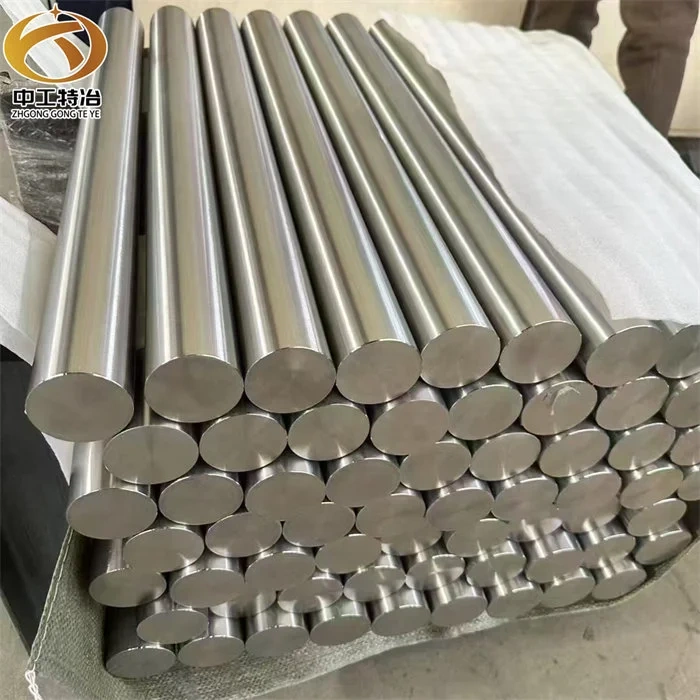In recent years, the diamond industry has witnessed a significant transformation with the advent of lab-grown diamonds. These gems, created in controlled environments, have gained popularity for their ethical sourcing and affordability. However, many consumers remain uncertain about how to differentiate between lab-grown diamonds and their natural counterparts. This article aims to provide a comprehensive guide on identifying the differences, ensuring that you make informed decisions when purchasing diamonds.
Understanding the Basics: What Are Lab-Grown and Natural Diamonds?
Before diving into the distinguishing factors, it’s essential to understand what lab-grown and natural diamonds are.
- Natural Diamonds: Formed over billions of years deep within the Earth’s mantle, natural diamonds are created through high-pressure and high-temperature conditions. They are mined from the earth and are often associated with a rich history and unique geological processes.
- Lab-Grown Diamonds: Also known as synthetic or cultured diamonds, these gems are produced in laboratories using advanced technological processes that replicate the natural conditions under which diamonds form. The two primary methods for creating lab-grown diamonds are High Pressure High Temperature (HPHT) and Chemical Vapor Deposition (CVD).
Key Differences: How to Tell Them Apart
While lab-grown diamonds and natural diamonds share the same physical and chemical properties—both are composed of carbon atoms arranged in a crystal structure—there are several ways to distinguish between the two.
- Gemological Testing
The most reliable method to differentiate between lab-grown and natural diamonds is through gemological testing conducted by certified professionals.
- Inclusions and Bubbles: Natural diamonds often contain unique inclusions, such as minerals or other imperfections formed during their geological journey. In contrast, lab-grown diamonds may exhibit gas bubbles or metallic inclusions, which are indicative of the synthetic creation process.
- Growth Patterns: The growth patterns in lab-grown diamonds can be different from those in natural diamonds. For instance, CVD diamonds may show distinct layering or striations that are not typically found in natural stones.
- Certification
When purchasing a diamond, always request a grading report from a reputable gemological laboratory.
- Reputable Labs: Institutions like the Gemological Institute of America (GIA) and the International Gemological Institute (IGI) provide detailed reports that specify whether a diamond is natural or lab-grown. These certifications also include information on the diamond's cut, color, clarity, and carat weight.
- Disclosure: Ethical retailers will clearly disclose whether a diamond is lab-grown or natural. Transparency is key in ensuring that consumers are well-informed about their purchases.
- Price Point
Price can be a significant indicator of whether a diamond is lab-grown or natural.
- Cost Comparison: Lab-grown diamonds typically cost 20-40% less than natural diamonds of similar quality. If a diamond is priced significantly lower than market value, it may be a lab-grown stone.
- Market Trends: Keep an eye on market trends, as the prices of lab-grown diamonds continue to fluctuate with advancements in technology and changes in consumer demand.
- Visual Inspection
While not as definitive as gemological testing, a visual inspection can provide some clues.
- Brilliance and Fire: Both types of diamonds exhibit brilliance and fire, but lab-grown diamonds may have a slightly different appearance due to their growth processes. Observing the sparkle and light performance under various lighting conditions can sometimes reveal subtle differences.
- Color and Clarity: Lab-grown diamonds can be produced in a range of colors, including fancy colors that are rare in natural diamonds. If a diamond exhibits an unusual color or exceptional clarity, it may be worth investigating its origin.
Conclusion: Making an Informed Choice
As the diamond market evolves, understanding the differences between lab-grown and natural diamonds becomes increasingly important for consumers. By employing gemological testing, seeking certification, considering price points, and conducting visual inspections, you can confidently navigate your diamond purchasing journey.


